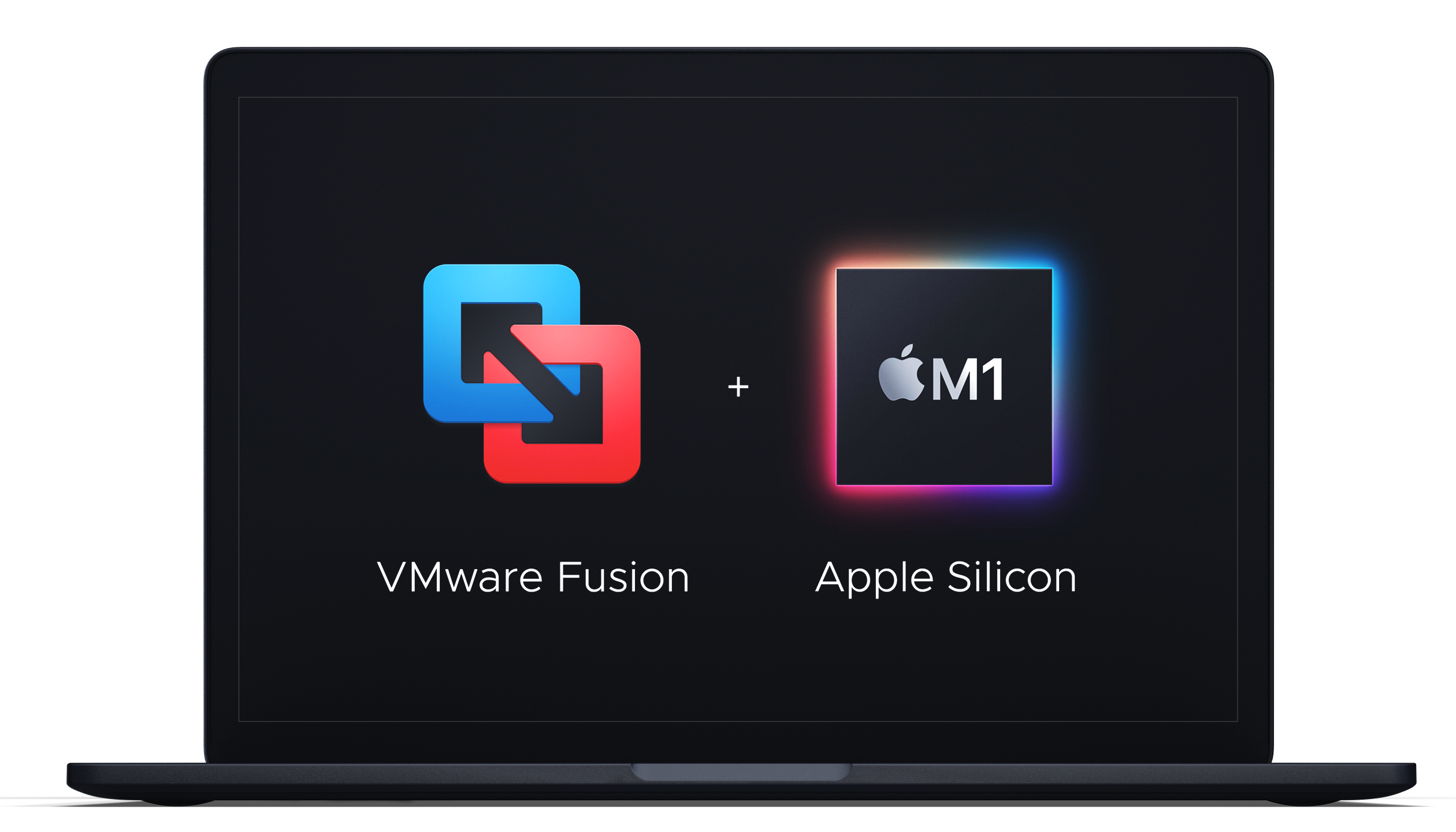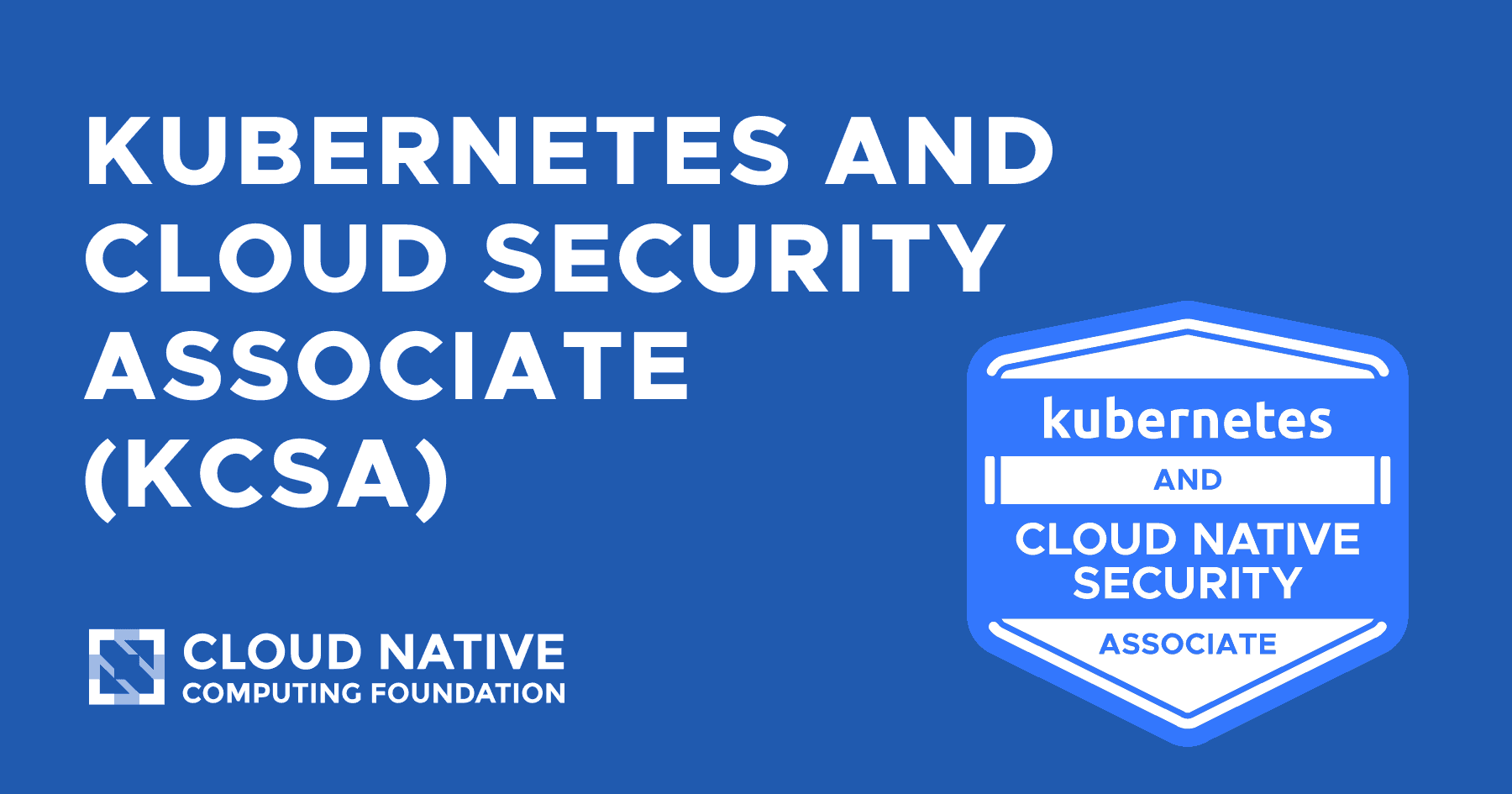Installing VMware Fusion
Kubernetes on your Laptop (3 part series)
I’m preparing to renew my CKA and CKS certifications, and to practice, I’ve decided to set up a local Kubernetes cluster as a lab environment on my laptop to work with control plane components which isn’t be possible in a managed Kubernetes environment like GKE, EKS, or AKS. There are other local Kubernetes options like Minikube, Kind, Docker Desktop, or Rancher Desktop but you may run into some limitations especially as you try to prepare for the CKA and CKS exams. I wanted to have a full-blown Kubernetes cluster running locally without any restrictions.
Continue reading

